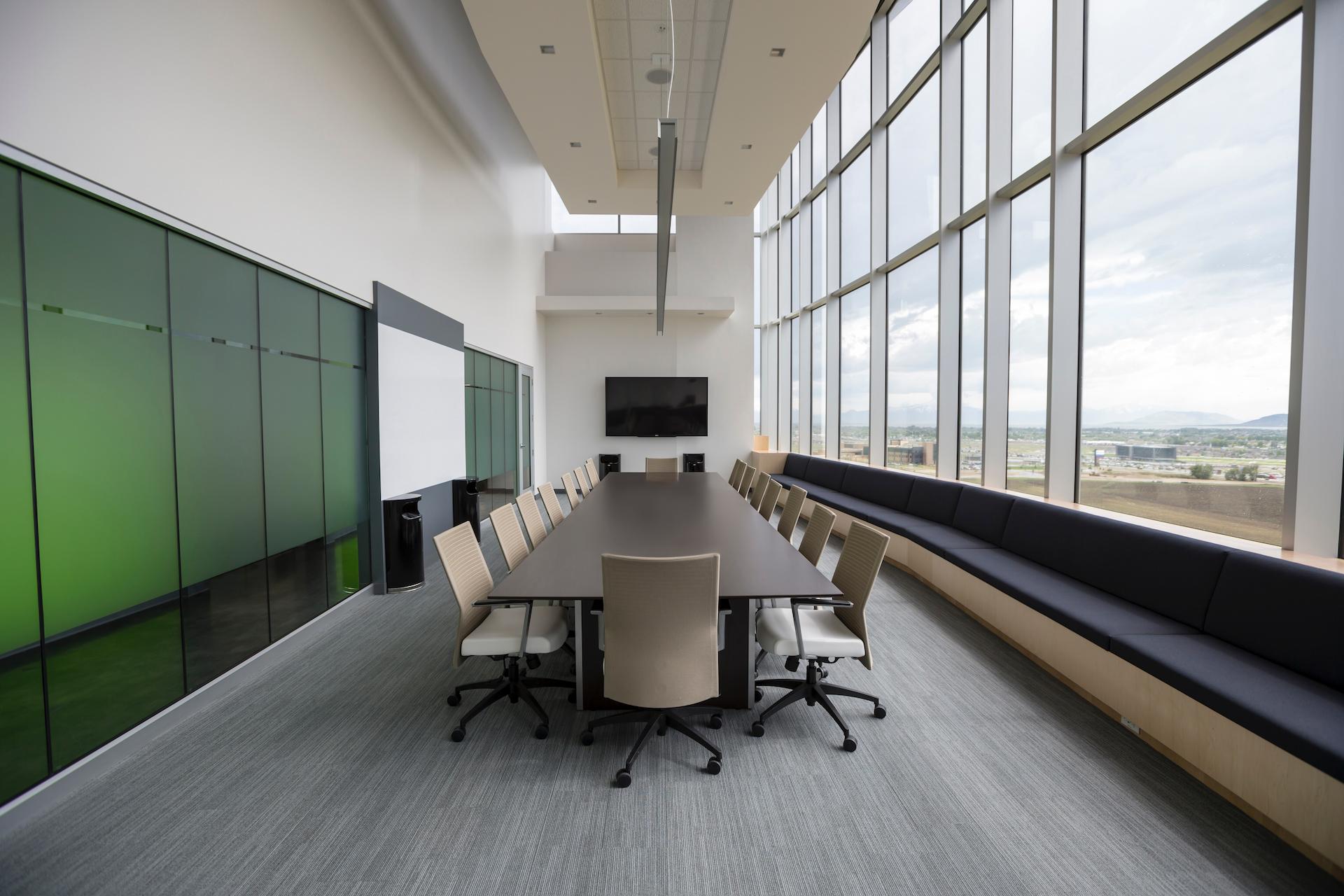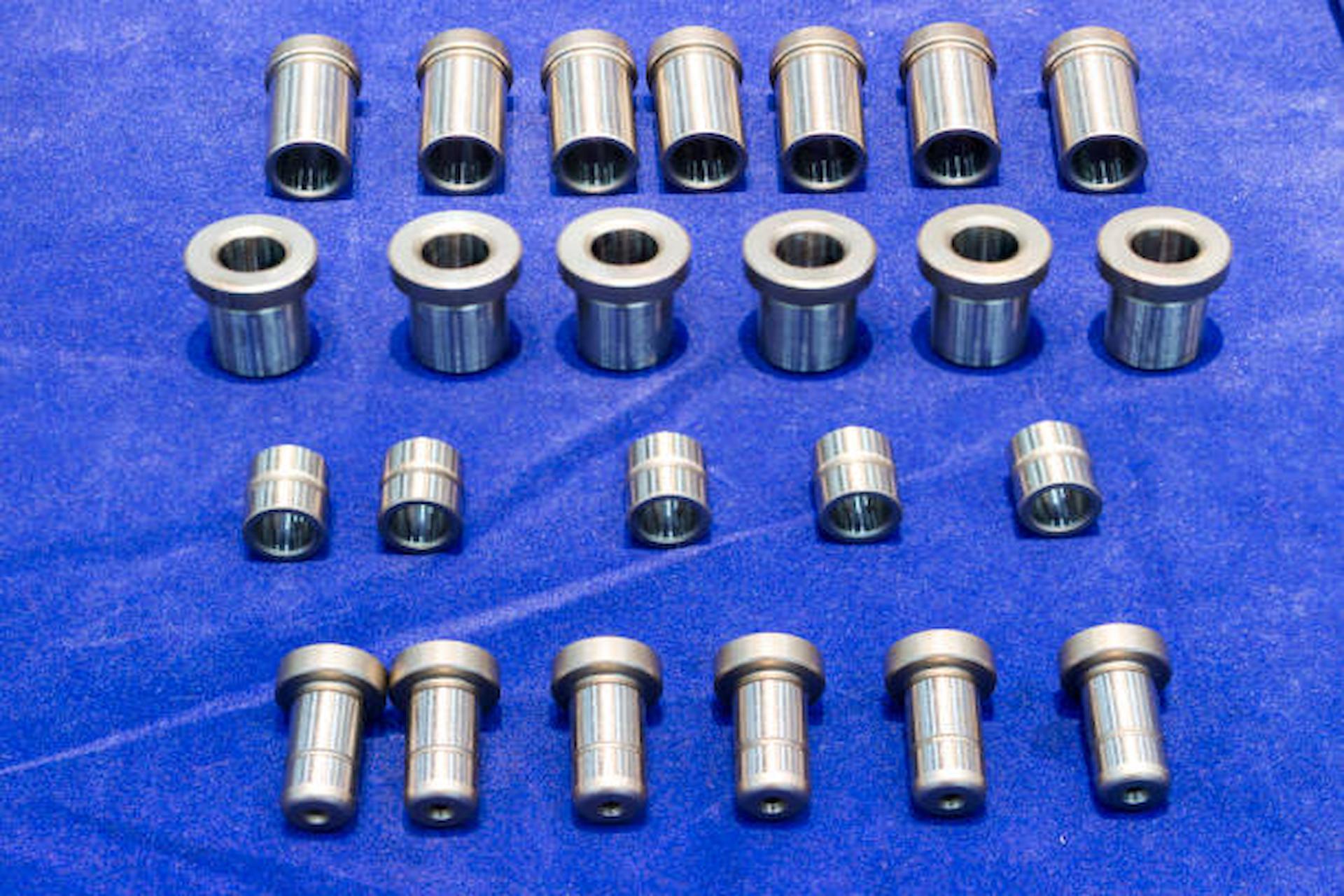The landscape of workspaces is constantly evolving, adapting to employees’ and employers’ changing needs and preferences. At the heart of this transformation is integrating innovative design and functionality, shaping modern workspaces into hubs of creativity, collaboration, and comfort. Let’s explore some of the most exciting trends redefining how we view and interact with office spaces.
Collaboration Zones: Fostering Creativity and Interaction
Gone are the days of isolated cubicles and rigid desk arrangements. The concept of collaboration has taken centre stage in modern office design, giving rise to the creation of collaborative zones. These areas encourage spontaneous discussions, brainstorming sessions, and team interactions. Comfortable seating arrangements, adjustable furniture, and writable surfaces are just a few elements that characterise these dynamic spaces. The goal is to promote community and teamwork, driving innovation and sharing ideas among employees.
Ergonomics and Well-being: A Holistic Approach
The welfare of employees has become a paramount consideration for organisations, and this concern permeates the design of contemporary workspaces. Providing ergonomic office furniture has become an indispensable element of modern workplace architecture. Organisations are investing in ergonomic seating, height-adjustable workstations, and adaptable monitor systems to guarantee the comfort and well-being of their personnel. A growing number of office furniture providers in London acknowledge the significance of fostering a healthful work environment, offering tailored solutions that cater to the needs of individuals who spend a considerable portion of their day engaged in sedentary activities.
Flexibility and Adaptability: Adapting to Changing Needs
Modern workspaces are embracing flexibility like never before. Adapting to changing needs is now a hallmark of effective office design. Flexible furniture arrangements, modular desks, and multipurpose rooms are becoming commonplace. This trend accommodates different work styles and allows organisations to maximise their office space, promoting efficiency and cost-effectiveness.
Technology Integration: Seamless Connectivity
In the digital age, technology is inseparable from our work lives. Modern workspaces are seamlessly integrating technology to enhance productivity and connectivity. Wireless charging stations, smart boards, and integrated audio-visual systems are examples of how technology transforms office environments. This trend not only streamlines processes but also contributes to a modern and efficient workspace that caters to the needs of tech-savvy employees.
Sustainability and Green Design: A Responsible Approach
Sustainability has become a driving force in office design. Organisations seek eco-friendly solutions that align with their values and reduce their carbon footprint. From using recycled materials for furniture to implementing energy-efficient lighting systems, the focus on sustainability extends to every aspect of modern office design. Office furniture supplier in London offers a range of environmentally conscious furniture options, contributing to a more responsible and eco-friendly workplace.
In conclusion, modern workspaces are evolving to accommodate the changing needs of employees and employers alike. From open-concept layouts to virtual reality collaboration tools, countless ways exist to optimise productivity, creativity, and employee well-being. Companies can fashion vibrant workspaces that encourage creativity and expansion by integrating state-of-the-art technologies, adaptable layouts, and eco-friendly methods. Keeping up with the most recent workplace design and tech developments is crucial as we move forward in the digital era. This allows businesses to draw in top professionals and establish a solid base for enduring prosperity.




